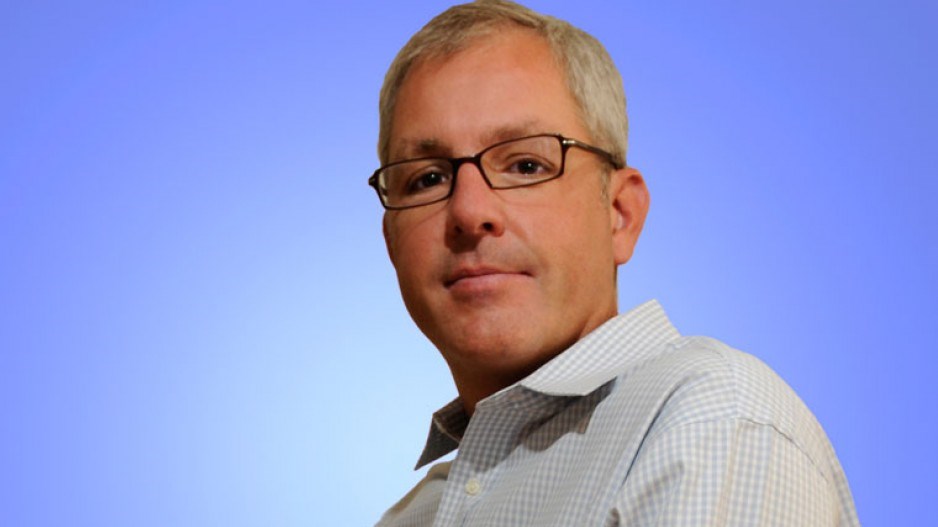While telecoms spend billions to upgrade their cellular networks to faster long-term evolution (LTE), a new white paper co-written by Vancouver's Mobidia Technology Inc. shows smartphone and tablet users in North America and the U.K. are using Wi-Fi for up to 80% or 90% of their data consumption instead of their cellular services.
"This report shows the huge amount of Wi-Fi use that has been severely under-reported in the industry," said Derek Spratt, CEO of Mobidia, which used information from its My Data Manager app as part of its research.
The app tracks in detail how much cellular, Wi-Fi or roaming data a smartphone or tablet uses, when and where it was used, and how much data specific apps or services used.
In an attempt to stay within their data plans and keep costs down, most device owners are using their mobile service for only 10% to 20% of their connectivity needs, concludes Understanding Today's Smartphone Users.
Published in partnership with Informa Telecoms & Media, the paper should be of interest to telecoms like Telus (TSX:T) that provide both wireless and Internet service, said Chris Hill, Mobidia's vice-president of marketing.
In a sense, these telecoms are providing a service – Internet via Wi-Fi – that is taking business from their mobile service.
"At the end of the day, the operators want people to use their [cellular] network," Hill said. "This study has clearly shown that people are using Wi-Fi as a substitute to that. These guys invest billions of dollars in their assets and if people aren't using them, that ultimately could be a problem."
Telecom analyst Mark Goldberg of Goldberg & Associates Inc. doesn't see it that way.
"I view the technologies as complementary technologies and that the report appears to be providing some encouraging signs that people are consuming massive amounts of data on these small screens," Goldberg said. "That to me is an encouraging sign for people who build mobile networks at any speed."
Some telecoms have been building more Wi-Fi hotspots in urban areas and then pushing their customers off their cellular networks whenever a Wi-Fi connection is available, because it is cheaper to provide than mobile service.
In the U.S., Republic Wireless sells a $19 data plan. It can afford such cheap service because it sells a phone that has built-in hybrid calling technology that automatically pushes subscribers to Wi-Fi, even for phone calls, whenever it is available, and uses Sprint's mobile service when there is no Wi-Fi available.
"Most operators have been pushing offload strategies for at least the last two years, so they're probably going to use this information and push even harder on these strategies," Spratt said.
While Wi-Fi can satisfy what he calls "nomadic" connectivity needs, Goldberg said it can't fill the connectivity gap that wireless provides.
"Wi-Fi is not a complete solution," he said. "There's an awful lot of places that don't have Wi-Fi, and there's a lot of times that you want to consume data when you're moving. Even city-wide Wi-Fi doesn't help you when you're moving in the back seat of a car." •
The smartphone smart meter
Call it a smart meter for smartphones. Mobidia's My Data Manager, a free app, tells smartphone users how much cellular, Wi-Fi or roaming data they use, when and where it was used and which apps are the biggest gluttons.
It also can be set to alert users when they are approaching their monthly cellular data caps or own self-imposed roaming caps.
The app can be used either by users who simply want better control over their data usage or by businesses that want to know if they are using the right data plans for their needs.
"Businesses spend a lot of money on telecom expenses," said Chris Hill, Mobidia's vice-president of marketing. "Understanding how they're consuming data and [how to] avoid overage charges can be very significant."
Most smartphone users know the difference between cellular and Wi-Fi, and many opt to use Wi-Fi when available. But most don't realize what apps are big data users. For example, "free" apps are often supported by ads, which suck data, often without users being aware of it.
"A game that is serving up ads can consume a fair amount of data," Hill said. "Over the course of a 30-day plan, they can consume a few megabytes of data, and that can be significant.
"We'll break it down on a per-application basis, then people can say, 'Now I understand how I used half my data plan – it was Google Maps when I was trying to get around on my vacation.'"
While consumers can download My Data Manager for free, Mobidia also licenses an enterprise version to handset makers and telecoms, which can use the highly granular data to tailor data packages according to the needs of their customers.
"This is like a bill shock solution combined with analytics for insights," said Mobidia CEO Derek Spratt. "The user downloads it for a bill shock solution, but ultimately the handset manufacturers and the operators are looking toward the analytics."




